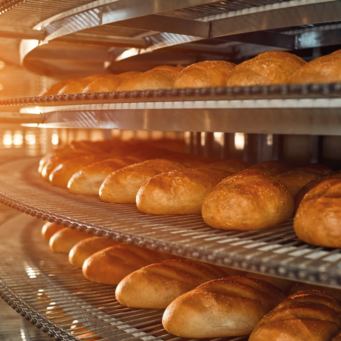
Quelle est la différence entre un moteur de moto à 2 temps et un moteur à 4 temps ?
To simplify things, typically motorcycles with two-stroke engines are no longer produced, as they do not comply with the environmental laws of many countries and are not allowed to be driven in cities, and the debate between the two kinds of engines is more applicable to off-road vehicles, such as dirt bikes.

A four-stroke engine, as the name suggests, has a piston that goes through four strokes (or two crankshaft revolutions) to complete one full cycle; the intake, compression, power and exhaust stroke. This means that when the piston moves down from the top of the cylinder to the bottom, it reduces the pressure inside the cylinder. This reduced pressure draws a mixture of fuel and air into the cylinder through the intake port. Next, the piston goes back up, compressing the fuel and air mixture, after which a spark ignites the fuel and air. The resulting combustion is what pushes the piston back down in what is known as the “power stroke”. Finally, the piston goes back up and pushes out the combustion gases. Two-stroke engines work by combining more functions into one piston-movement; during the upwards movement of the piston (compressing the air/fuel/oil mixture) in the combustion chamber, underneath the piston a fresh mixture of air/fuel/oil is drawn in the hermetically closed crankcase.
During the downwards movement of the piston (power stroke) the fresh air/fuel/oil mixture is compressed and flows through one or more flush ports to the combustion chamber flushing out the burnt gases through the, by the downward movement of the piston opened, exhaust port. After this a new compression stroke follows. Essentially one complete cycle in a two-stroke engine demands one full crankshaft revolution or two piston strokes, whereas in a four-stroke engine the piston has to complete four strokes or two full crankshaft revolutions.
So which is better? This completely depends on the rider’s preference. Two-stroke engines are typically noisier and produce more exhaust fumes, but also produce more power compared to their weight than four-stroke engines, making them popular for racing. Four-stroke engines, whilst heavier and producing less power per weight unit, are typically described to run smoother, emit less exhaust fumes and generally last longer.
Because the two require completely different lubrication regimes, where in a two-stroke engine the oil is mixed with the fuel and then ignites (complete loss of lubrication), whereas in a four-stroke engine the oil used to lubricate the different engine parts flows back in the crankcase and is not consumed. This means that the two engine oils have a completely different composition depending on their intended purpose. A two-stroke engine oil must be able to mix well with fuel and burn well in the combustion chamber of the engine, whereas a four-stroke engine oil needs to protect the valve train against wear and keep the engine as clean as possible. Ultimately, no matter which type of engine you have, a high-quality engine oil can significantly extend the lifespan of your engine.




















